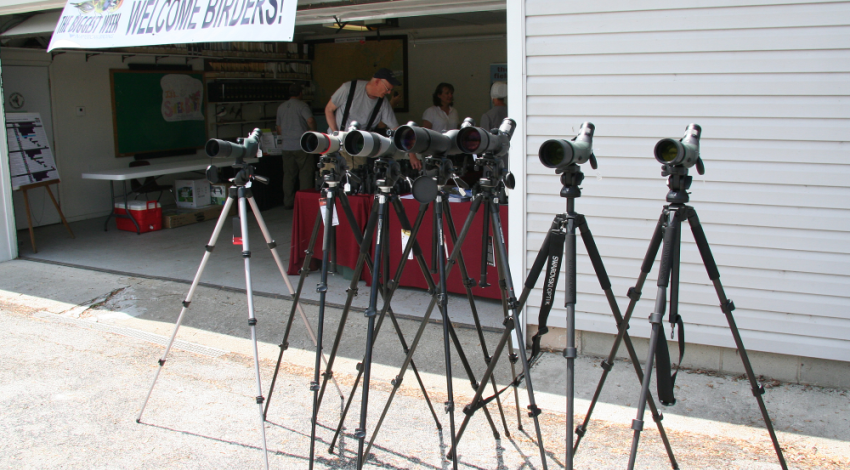From Huffman Dam to the Smithsonian:
How the trilobite became Ohio’s state fossil
After the devastating 1913 flood, several “dry” flood control dams were erected around Dayton. While workers were digging an outlet tunnel for the Huffman Dam near Fairborn, they uncovered a trilobite that measured about 14.5 inches long by 10.25 inches wide. The remarkably large and complete example of the Isotelus maximus species was sent to the Smithsonian Institution for display in the National Museum of Natural History.
 Fast forward to 1985, when third grade students and their teachers saw a cast of the Huffman Dam trilobite at Dayton’s natural history museum (now the Boonshoft Museum of Discovery). he students started a letter campaign that resulted in the state legislature approving House Bill 135, which designated the genus Isotelus as Ohio’s official invertebrate fossil.
Fast forward to 1985, when third grade students and their teachers saw a cast of the Huffman Dam trilobite at Dayton’s natural history museum (now the Boonshoft Museum of Discovery). he students started a letter campaign that resulted in the state legislature approving House Bill 135, which designated the genus Isotelus as Ohio’s official invertebrate fossil.








